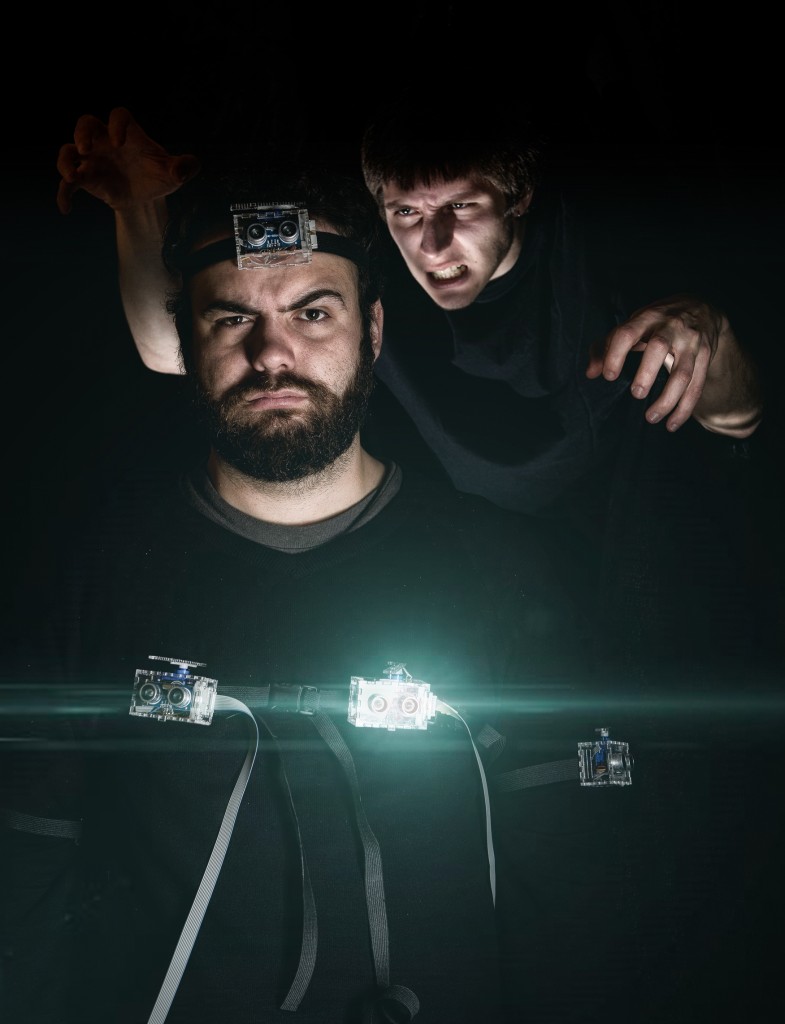A rather fascinating Aug. 1, 2016 article by Hal Hodson about machine learning and curbing police violence has appeared in the New Scientist journal (Note: Links have been removed),
None of their colleagues may have noticed, but a computer has. By churning through the police’s own staff records, it has caught signs that an officer is at high risk of initiating an “adverse event” – racial profiling or, worse, an unwarranted shooting.
The Charlotte-Mecklenburg Police Department in North Carolina is piloting the system in an attempt to tackle the police violence that has become a heated issue in the US in the past three years. A team at the University of Chicago is helping them feed their data into a machine learning system that learns to spot risk factors for unprofessional conduct. The department can then step in before risk transforms into actual harm.
The idea is to prevent incidents in which officers who are stressed behave aggressively, for example, such as one in Texas where an officer pulled his gun on children at a pool party after responding to two suicide calls earlier that shift. Ideally, early warning systems would be able to identify individuals who had recently been deployed on tough assignments, and divert them from other sensitive calls.
According to Hodson, there are already systems, both human and algorithmic, in place but the goal is to make them better,
The system being tested in Charlotte is designed to include all of the records a department holds on an individual – from details of previous misconduct and gun use to their deployment history, such as how many suicide or domestic violence calls they have responded to. It retrospectively caught 48 out of 83 adverse incidents between 2005 and now – 12 per cent more than Charlotte-Mecklenberg’s existing early intervention system.
More importantly, the false positive rate – the fraction of officers flagged as being under stress who do not go on to act aggressively – was 32 per cent lower than the existing system’s. “Right now the systems that claim to do this end up flagging the majority of officers,” says Rayid Ghani, who leads the Chicago team. “You can’t really intervene then.”
There is some cautious optimism about this new algorithm (Note: Links have been removed),
Frank Pasquale, who studies the social impact of algorithms at the University of Maryland, is cautiously optimistic. “In many walks of life I think this algorithmic ranking of workers has gone too far – it troubles me,” he says. “But in the context of the police, I think it could work.”
Pasquale says that while such a system for tackling police misconduct is new, it’s likely that older systems created the problem in the first place. “The people behind this are going to say it’s all new,” he says. “But it could be seen as an effort to correct an earlier algorithmic failure. A lot of people say that the reason you have so much contact between minorities and police is because the CompStat system was rewarding officers who got the most arrests.”
CompStat, short for Computer Statistics, is a police management and accountability system that was used to implement the “broken windows” theory of policing, which proposes that coming down hard on minor infractions like public drinking and vandalism helps to create an atmosphere of law and order, bringing serious crime down in its wake. Many police researchers have suggested that the approach has led to the current dangerous tension between police and minority communities.
Ghani has not forgotten the human dimension,
One thing Ghani is certain of is that the interventions will need to be decided on and delivered by humans. “I would not want any of those to be automated,” he says. “As long as there is a human in the middle starting a conversation with them, we’re reducing the chance for things to go wrong.”
h/t Terkko Navigator
I have written about police and violence here in the context of the Dallas Police Department and its use of a robot in a violent confrontation with a sniper, July 25, 2016 posting titled: Robots, Dallas (US), ethics, and killing.
